Floor Safe or wall safe? Anyone have one?
txquickdraw
15 years ago
Featured Answer
Sort by:Oldest
Comments (16)
justmeinsd
15 years agolyfia
15 years agoRelated Discussions
Mothballs- safe on all fruits? And food-safe?
Comments (2)I have seen information that moth crystals (PDB) not naphthalene, can be used as a fumigant to help control infestations of peach tree borers, but not for voles. What do you mean keeping them off? Voles eat the roots of trees and shrubs, and the bark of young trees if snow piles up around the trunk. A hardware cloth cage will keep them off the trunk of young trees. Keep the mulch and grass away from the trunk in the fall and winter. There is rodenticides that can be used, but probably are restricted use pesticides....See MoreAnyone have access to safe websites?
Comments (1)Hi Shaddy; Craftpals is pretty safe and it's a family site. They have chat rooms and if enough kids show up I am sure they will set something up just for kids. You can check it out if you like. here at http://craftpals.com/ Here is a link that might be useful: http://craftpals.com/...See MoreWhat makes 'vinyl safe' paint vinyl safe?
Comments (5)In theory, yes. Technically, no. Difference is SW has done the appropriate testing and established color standards for their color vinyl safe formulas. Interior you can monkey around quite a bit with colorants before you compromise the integrity of the product. Still, it is possible to go too far. Which is one of the reasons I am so dead-set against the notion that formulas can be cut by percentages, etc. But that's another discussion. Exterior - that is no place to mess around. Bad crap can happen if you try to get cute with color. Significant testing is done for light-fastness and UV stuff and a bunch more things I don't understand. I just know it's all important and following the rules to the letter with exterior color specs will keep you outta trouble. So, yeah, SW took out the black. Which means the color is not going to absorb energy like it would if it had black colorant - but that's not all they figured out and calculated and made allowances for. There's more to it than that. Whatever they say are vinyl safe colors and how they say they have to be mixed is the way it has to be. No wiggle room on this one....See MoreAnyone hang wet sports gear in closet safely?
Comments (3)We keep a big "boot tray" near the front door to put our wet shoes in. Maybe you can buy several of them? I got mine at Amazon. Another thing you could do to protect the floor is lay down some inexpensive vinyl flooring squares. But if you have anything wet in there, keep the door open for good circulation. Sounds like you're on the right track!...See Morekateskouros
15 years agolorraineal
15 years agolorraineal
15 years agosweeby
15 years agoreliabilityman
15 years agosdlacrow
15 years agodreambuilder
11 years agomrspete
11 years agomrspete
9 years agolast modified: 9 years agoclevelandnewbuild
9 years agoBrown Safe Manufacturing, Inc.
9 years agomrspete
9 years agoBrown Safe Manufacturing, Inc.
9 years agolast modified: 9 years ago
Related Stories
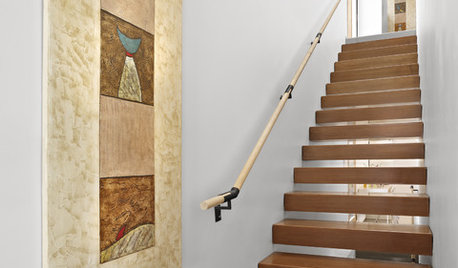
KNOW YOUR HOUSEStair Design and Construction for a Safe Climb
Learn how math and craft come together for stairs that do their job beautifully
Full Story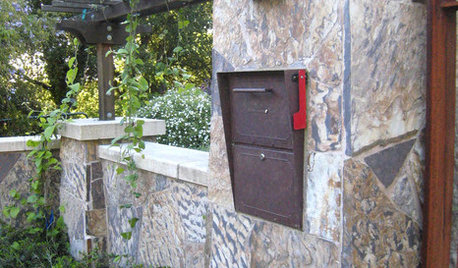
EXTERIORSSpecial Delivery: Keeping Your Packages Safe
Online sales are up, and so is the number of boxes delivered to homes. Here’s how to keep them beyond the grasp of porch pirates
Full Story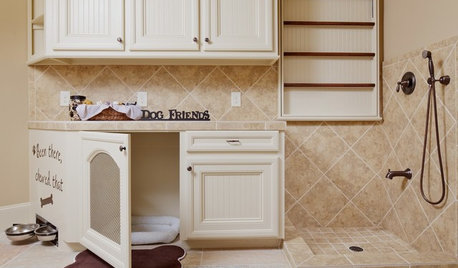
PETSThe Crate Conundrum: A Safe Place for Your Pooch
Get ideas for a comfy den for your dog that works well with your space too
Full Story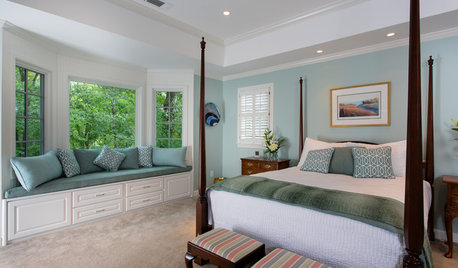
FEEL-GOOD HOMEDesigning for Pleasure: A Safe and Sound Perch
Canopy beds, low ceilings, high-back sofas: When it comes to comfort at home, we have something in common with our ancient ancestors
Full Story
BUDGET DECORATINGThe Cure for Houzz Envy: Entryway Touches Anyone Can Do
Make a smashing first impression with just one or two affordable design moves
Full Story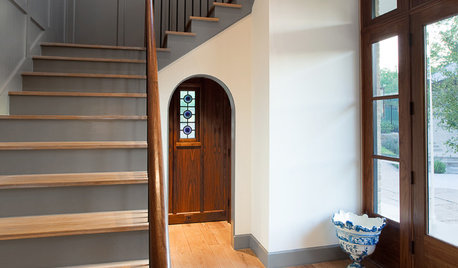
CONTRACTOR TIPSAn Expert Guide to Safe and Stylish Staircases
Understanding how stairs are designed and laid out can help you make the best decisions for safety and beauty in your home
Full Story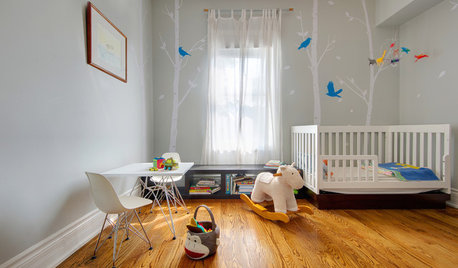
DECORATING GUIDES8 Tips for Creating a Safe and Cozy Nursery
Learn how to design a room that will grow up with your baby and also will be comfortable for you
Full Story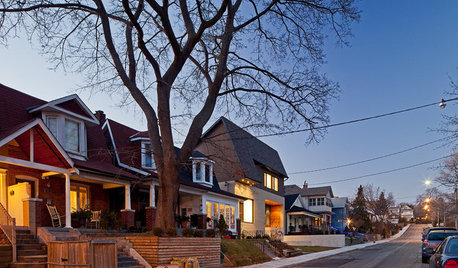
LIFE10 Ways to Keep Your Home Safe While You're Traveling
Set off on your trip with peace of mind, knowing you've taken the right steps toward keeping your home secure
Full Story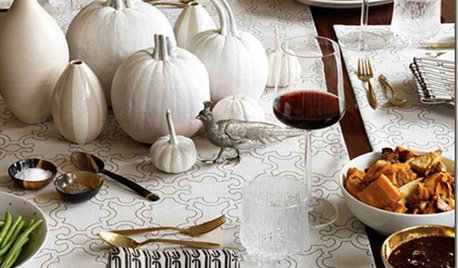
LIFEHow to Keep Your Pets Safe During the Holidays
To avoid an unwanted trip to the vet, be aware of these holiday-related hazards for dogs and cats
Full Story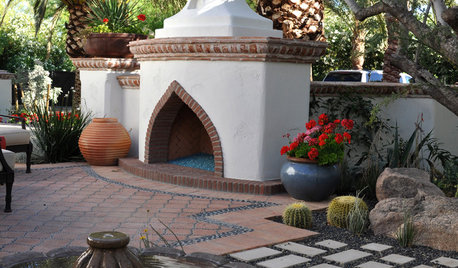
GARDENING GUIDESCreate a Fire-Safe Garden — With Style
Defend your home against wildfire with a well-planned mix of plants, materials and open space
Full Story



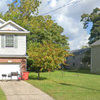

betsy_anne